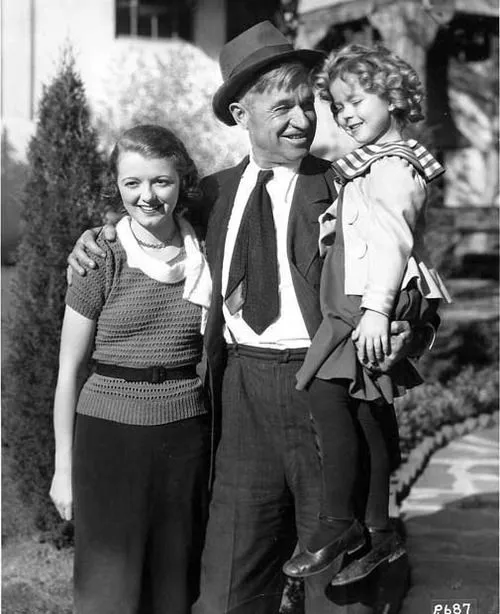Shirley Temple, the effervescent child star who captivated audiences worldwide, took a turn towards teenage romance in the 1947 film "Honeymoon." This comedic romp to Mexico marked a departure from her usual cutesy roles, offering a glimpse of Temple transitioning into a young woman.

The film centers around Barbara (Temple), a headstrong teenager who elopes to Mexico City to marry her soldier fiancé, Phil (Reed Hadley). However, upon arrival, Phil's plane is delayed, leaving Barbara stranded. Enter David Wright (Franchot Tone), a charming but broke songwriter, who reluctantly agrees to help Barbara navigate the bustling city.
Despite the age difference, an unlikely friendship blossoms between Barbara and David. Temple sheds her trademark curls for a more mature look, showcasing a burgeoning sophistication alongside her signature charm. Their comedic banter and escapades in the vibrant Mexican setting form the heart of the film.

While "Honeymoon" is classified as a comedy, it also touches on themes of maturity and changing relationships. Barbara's initial naivety about love is challenged by the realities of adult life. David, initially cynical, finds himself drawn to Barbara's innocence and determination.
Shirley Temple's performance in "Honeymoon" is a delightful mix of her well-known charm and a peek at her emerging dramatic talent. She delivers Barbara's determination with a spunky confidence, navigating the comedic situations with ease. While some critics found the humor forced, Temple's presence remains a captivating element.

Franchot Tone complements Temple well as the cynical yet kind-hearted David. Their chemistry, though unconventional, adds a layer of complexity to the film. Guy Madison provides a charming presence as Phil, the soldier Barbara initially intends to marry.
The Mexican setting plays a vital role in "Honeymoon." The film takes advantage of the vibrant cityscapes and cultural richness of Mexico City. From bustling street markets to serenades under balconies, the film captures the exotic atmosphere, adding a touch of glamour to the narrative.

However, "Honeymoon" was not without its critics. Some reviewers felt the film was an awkward attempt to transition Temple into more mature roles. The age difference between Barbara and David raised a few eyebrows, with concerns about the portrayal of a romantic connection between a teenager and an adult.
Despite these criticisms, "Honeymoon" holds a certain nostalgic charm. It offers a glimpse into a bygone era of Hollywood filmmaking and showcases a young star on the cusp of womanhood.

The film's legacy lies in its ability to capture a moment in time, both for Shirley Temple's career and for the cultural landscape of Hollywood. It represents a bridge between her childhood roles and her later attempts at more mature characters.
"Honeymoon" may not be Shirley Temple's most critically acclaimed film, but it remains a curious and often overlooked entry in her filmography. It provides a fascinating look at a child star navigating the complexities of growing up and a changing film industry. Temple's charisma shines through, reminding audiences of the enduring magic she brought to the silver screen.










